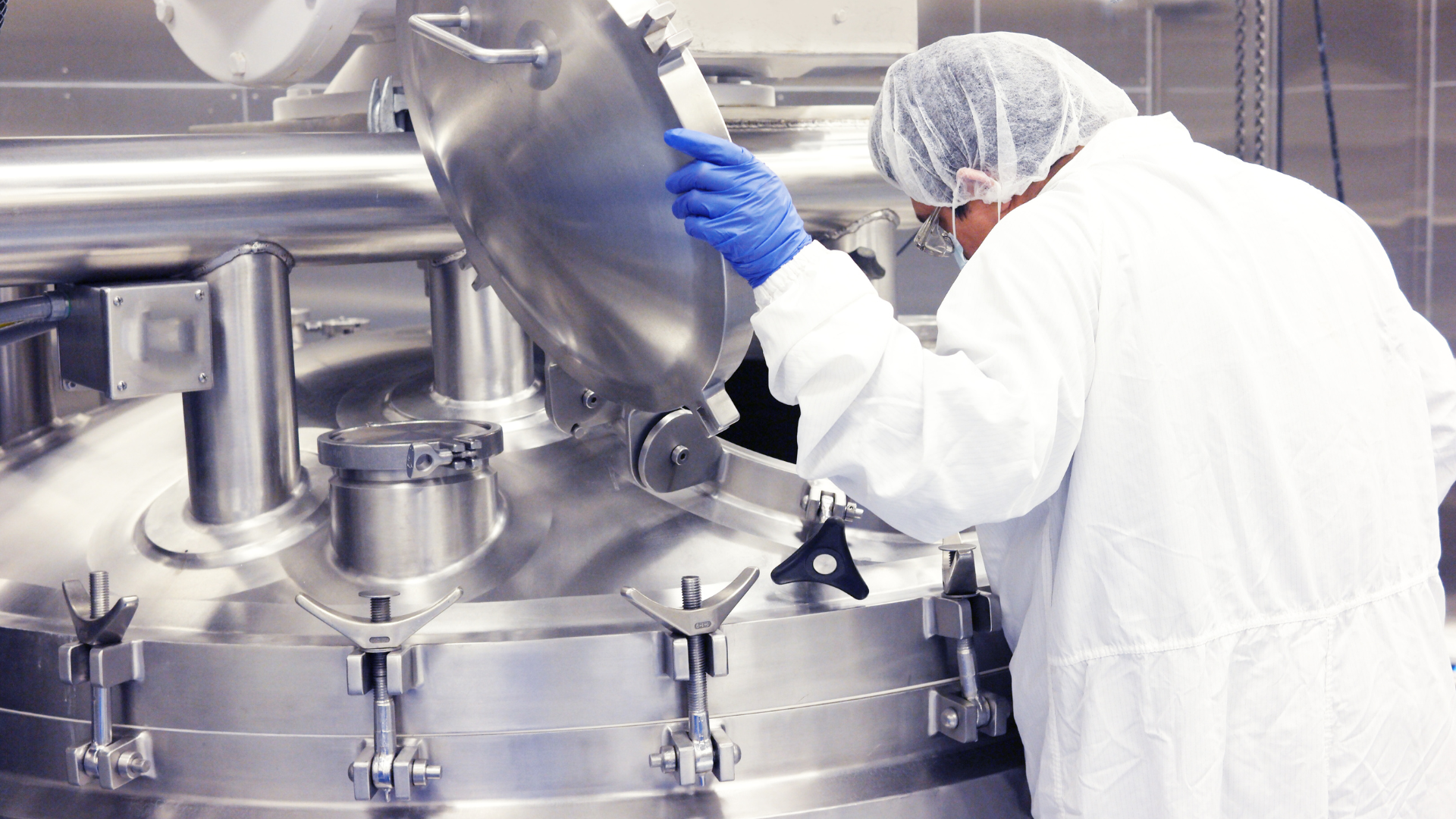The Seed and Soil Hypothesis for the Pathogenesis of Cancer Metastases

An extensive body of research has validated Stephen Paget's original seed and soil theory of metastasis, which suggested that the organ preference patterns observed in tumour metastasis are the product of favourable interactions between metastatic tumour cells and the organ microenvironment.
Tumours associated with specific cancer types such as breast cancer display a preference for metastasis to specific organs.
While some types of tumours are capable of forming metastases in virtually every organ in the body, the most frequent targets are the brain, the liver, the lungs, and bone marrow.
Most deaths caused by cancer result from the progressive growth of metastases that are resistant to current therapies.
Paget, an English surgeon and pathologist, proposed in 1889 that metastasis did not occur randomly, with tumour cells metastasizing to a site where the local microenvironment is favourable.
- Investigating organoids and spheroids as 3D culture systems
- 3D cell model approaches for disease monitoring and detection
- Applications of cell cultures in disease modelling and toxicology
After examining postmortem data from over 700 women with breast cancer, Paget noted that the organ distribution of metastases in these patients was non-random.
His hypothesis was that metastasis does not happen by chance, with tumour cells (the ‘seed') growing favourably in the microenvironment of select organs (the ‘soil').
Metastasis only then results when the appropriate seed is planted in suitable soil.
Subsequent studies have demonstrated that some tumour cells selectively metastasise to specific regions within a given organ.
Adhesive interactions between tumour cells and the luminal surface of the microvascular endothelium may be responsible for determining the localisation of metastases.
Interrogating the Seed and Soil Hypothesis
Some contested Paget's suggestion, proposing that the primary factor determining the patterns of tumour metastasis was the anatomy of vascular and lymphatic drainage from the site of the primary tumour.
Evidence also suggests that anatomical and mechanical factors are important considerations in determining the metastatic patterns of several types of tumours.
As one example, the liver is a common site of haematogenous metastases for tumours arising in the gastrointestinal tract, due to the significant role it plays in drainage with the body.
The prevailing consensus today is one where neither the seed and soil theory of metastasis nor the anatomical-mechanical hypothesis are mutually exclusive.
Instead, the extent to which either mechanism is operational depends on the specific tumour under investigation.
Extensive studies over the last several decades have provided a better understanding of the process of metastatic cancer spread.
Several stages have been defined, with research showing that target organs may be prepared for metastatic deposits by the development of pre-metastatic niches.
In other works, a specialised microenvironment is involved in promoting tumour cell homing, colonisation, and subsequent growth at the target organ.
The primary tumour plays a key role in the development of pre-metastatic niches by producing tumour-derived soluble factors.
These changes prime the initially healthy organ microenvironment and render it amenable for subsequent metastatic cell colonisation.
Want to receive the latest industry announcements on cell manufacture and development? Sign up for our Cell and Gene series newsletter to get up-to-date news each month. If you'd like to know more about our upcoming Cell UK conference, visit our event website to download an agenda and register your interest.







